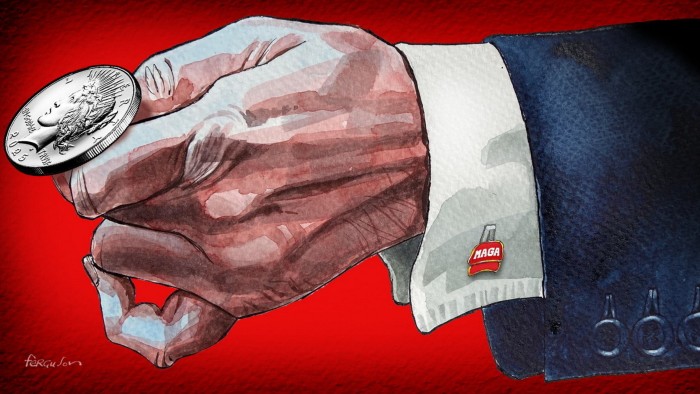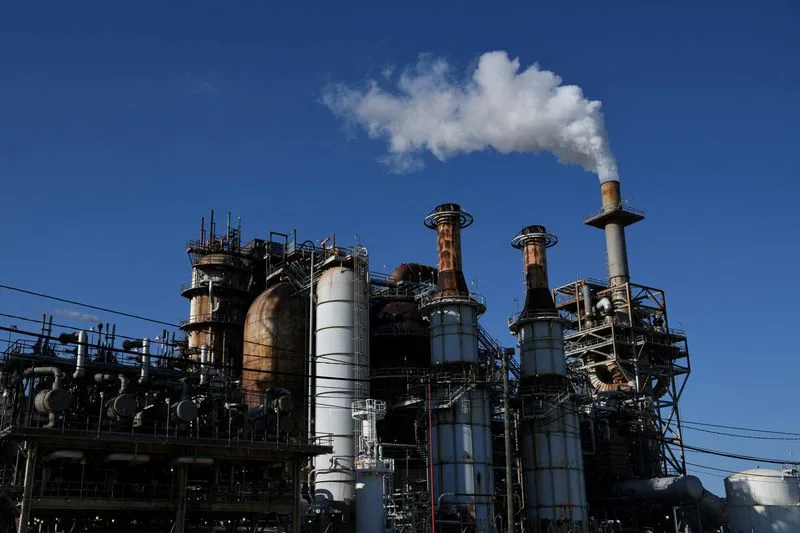U.S. refiners face tough year as investor sentiment turns negative
Nicole Rao
NEW YORK (Reuters) – Investors took a dim view of the U.S. refining industry, citing forecasts of weak fuel demand and concerns that President-elect Donald Trump may impose tariffs on crude imports.
U.S. refinery profits began to decline in late 2023 as new refining capacity came online and margins returned to normal levels. The move follows two years in which refiners have reaped huge profits as they profited from supply shortages caused by Russia's invasion of Ukraine and a post-pandemic recovery in demand.
Shares of major refiners have fallen this year, and on average, analysts have cut refiners' fourth-quarter earnings before interest, taxes, and amortization (EBITA) expectations by 24% since the beginning of the quarter, Tudor, Pickering, Holt & Co. Hugh Blair said in a report.
Blair noted that gasoline cracks had eased, while diesel cracks continued to be lower. The crack spread is the difference between the price of fuel and the price of crude oil. Blair also cited improvements in refinery utilization.
In December, the U.S. gasoline futures crack spread fell below $11 relative to the cost of West Texas Intermediate (WTI) crude, a one-year low. The ultra-low sulfur diesel futures crack spread fell to a nearly two-month low this month, below $22.
Data from Tudor, Pickering, Holt & Co showed that U.S. refining utilization averaged 90.3% in the fourth quarter, up from 87.6% in the same period last year.
“After a year of negative revisions, analysts are likely to continue lowering their 2025 forecasts due to a weakening forward curve,” Jefferies analysts said in a note.
Valero shares are down more than 6% in 2024, while rival Phillips 66 is down more than 15% during that period.
Shares of Marathon Petroleum closed 2024 down 8%.
Analysts polled by Reuters in January cut their price targets on shares of all three refiners.
weak demand
Signs of slowing economic activity in the United States and China, the largest consumers and importers of oil respectively, weighed heavily on oil and fuel markets last year.
The United States is the world's largest exporter of motor gasoline, accounting for more than 16% of global exports, according to the U.S. Energy Information Administration.
The International Energy Agency in December raised its forecast for global oil demand growth in 2025 to 1.1 million barrels per day from 990,000 barrels per day last month. But the company said gains would continue to be led by emerging economies in Asia, which are not strong markets for U.S. refiners.
In addition, global gasoline demand is expected to peak this year at about 28 million barrels per day as electric vehicles become more popular and vehicles become more efficient, according to S&P Global Commodity Insights, especially in the global China is the largest oil importer.








